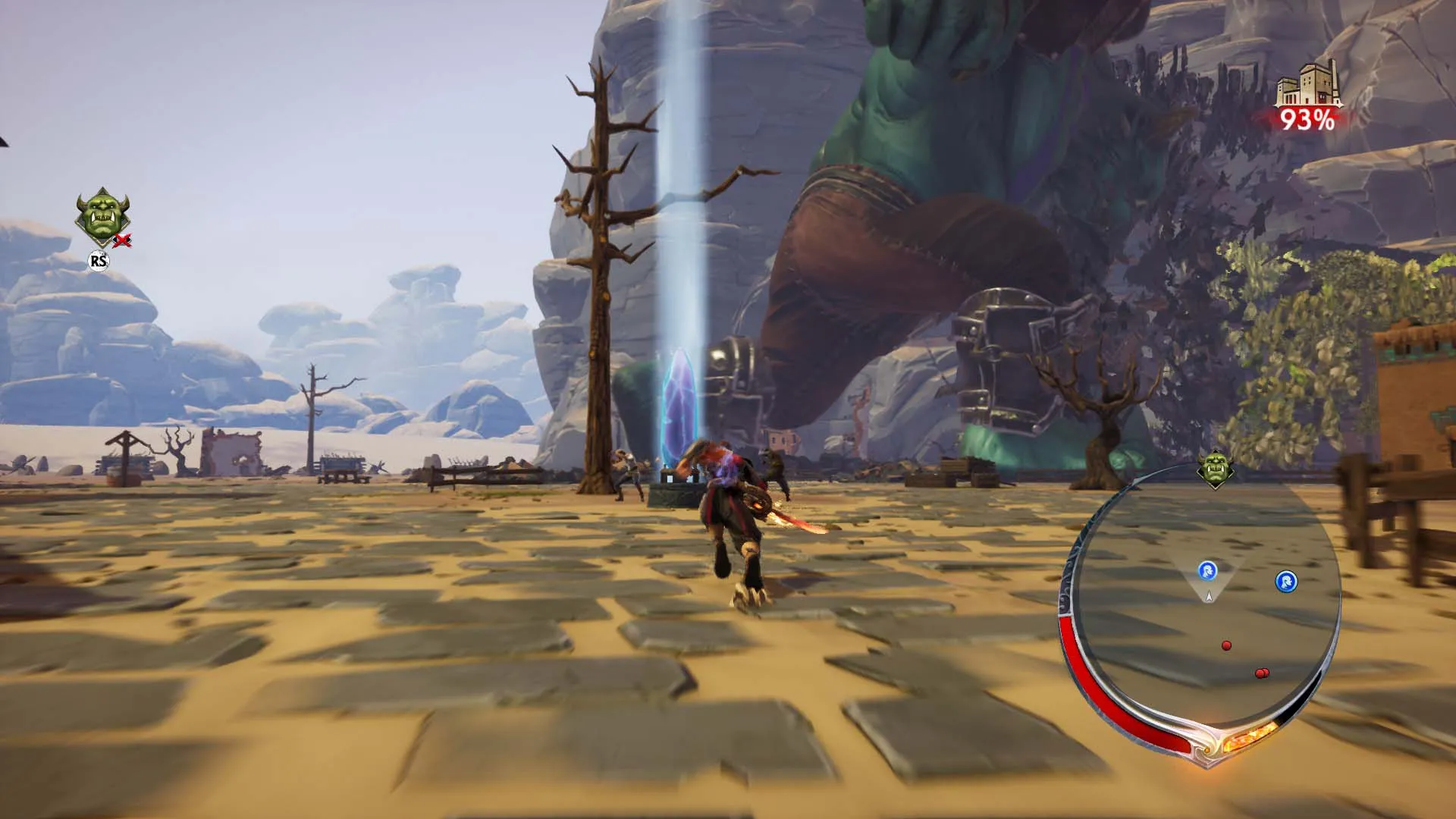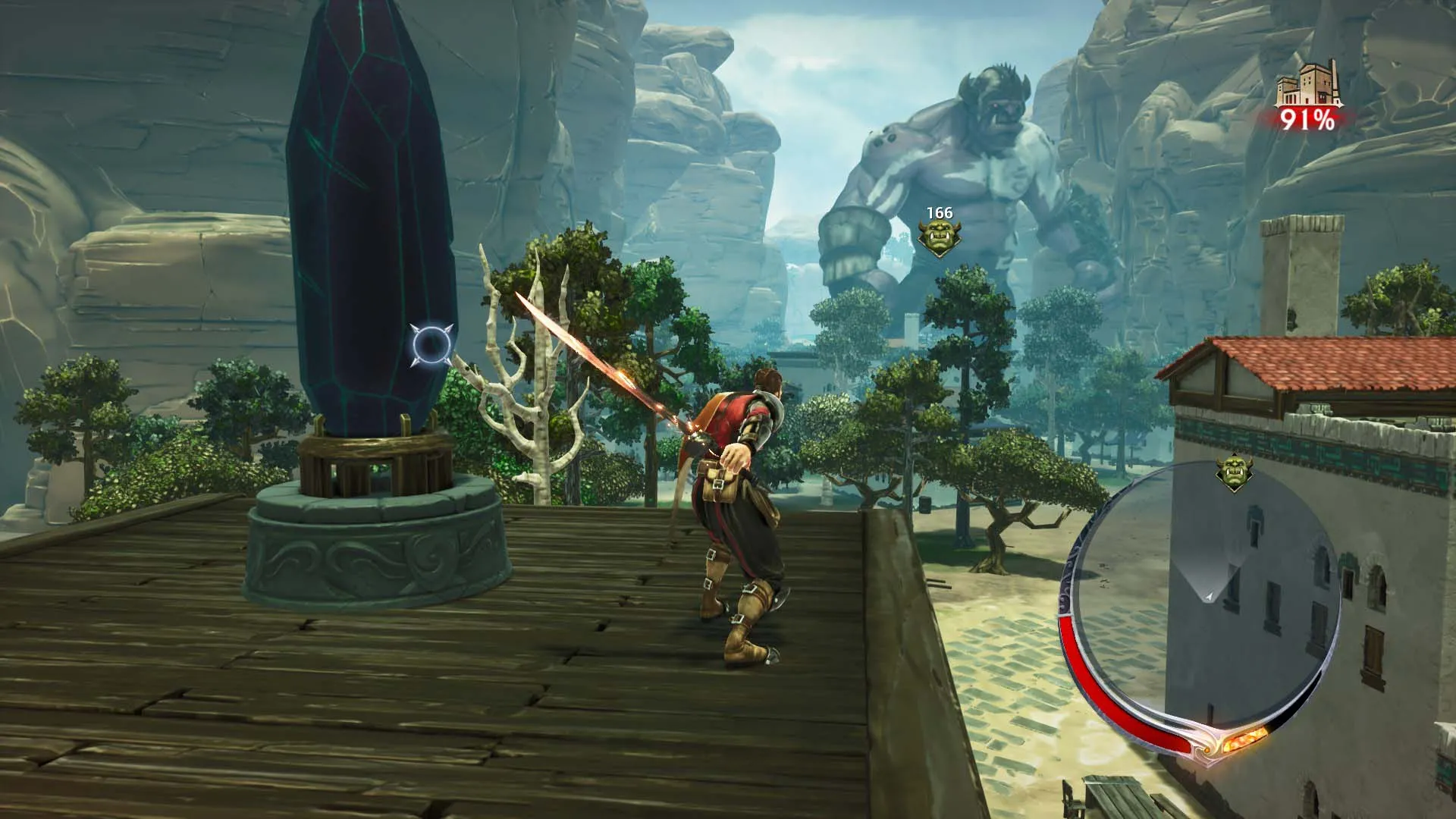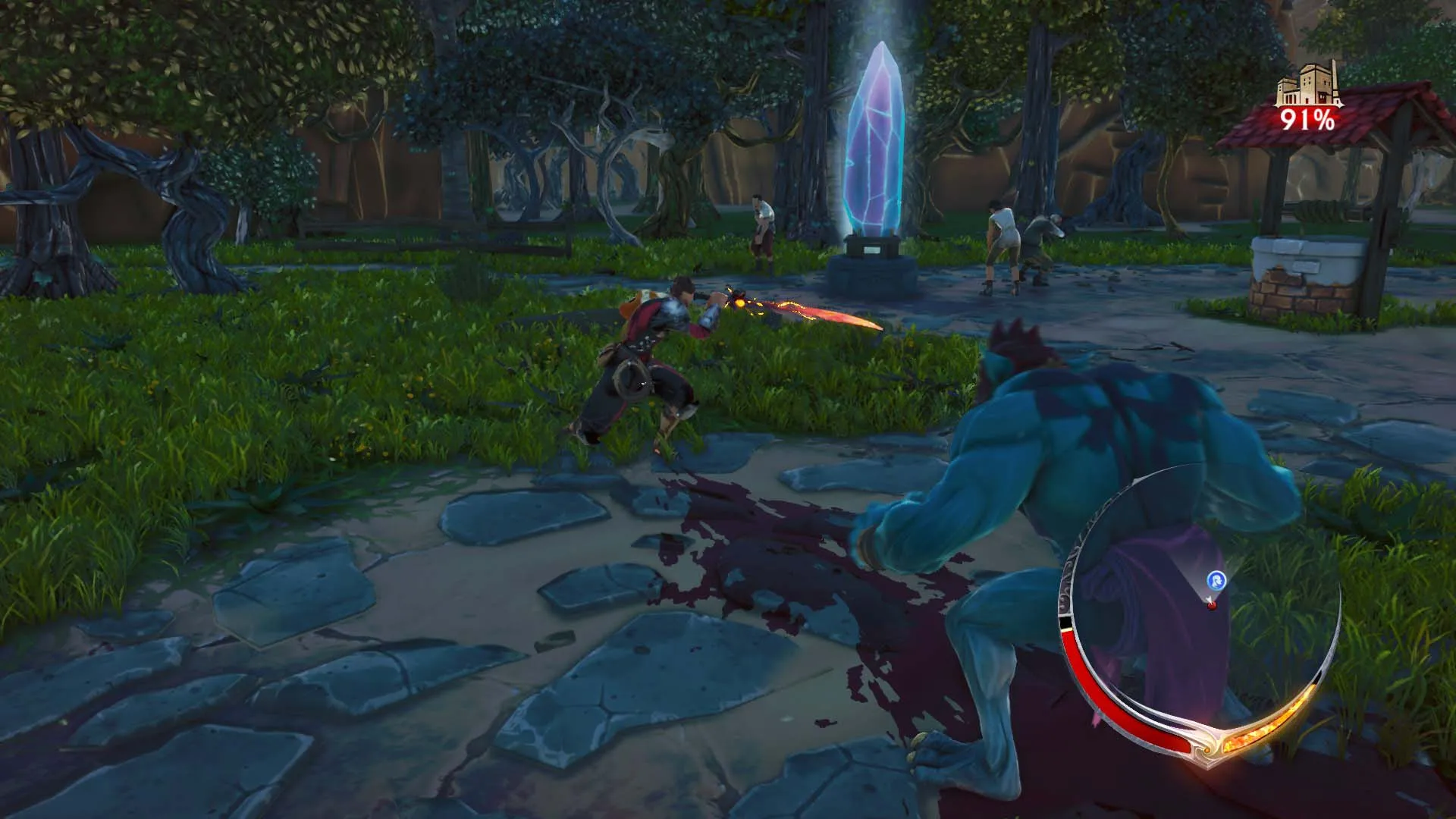
Extinction: A Promising Premise Falls Short
Contents
Established in 2008, Iron Galaxy has contributed to several notable titles like Bioshock Infinite and Batman: Arkham Origins. After successfully taking over Killer Instinct development from season two onwards, Iron Galaxy released Extinction in 2018, an action game inspired by the popular anime Attack on Titan. However, their limited experience in leading large projects becomes apparent in Extinction, where unrealized potential unfortunately leads to a disappointing experience.
A Repetitive Gameplay Loop
Extinction portrays a world on the brink of collapse due to an invasion of Orc-like creatures. These monsters range in size, from the smaller Jackals who prey on civilians, to the towering Ravenii capable of leveling entire villages. Players control Avil, the last Sentinel and humanity’s only hope. This premise sets the stage for an engaging hack-and-slash experience, particularly given the relative scarcity of games exploring this type of large-scale conflict. Unfortunately, Iron Galaxy struggles to deliver satisfying and deep action gameplay.
The core gameplay loop revolves around a repetitive cycle: fighting off swarms of Jackals and rescuing civilians to charge a power meter, then using that power to sever the limbs of the massive Ravenii before finally decapitating them. While initially engaging, this cycle quickly becomes tedious after a few encounters.  Avil battling smaller creatures
Avil battling smaller creatures
Iron Galaxy seems to have struggled with focusing the gameplay. The combat skills players acquire are primarily effective against the smaller Jackals, which feels like a missed opportunity. The encounters with the larger Ravenii are simplistic and offer little variety, even when some later enemies introduce armor that prolongs the fights without significantly increasing the challenge. This lack of strategic depth quickly leads to monotony.
Shallow Combat and Tedious Missions
The limited number of skills available are also overly simplistic, with combos executed using a single button. Furthermore, the Jackals lack both the numbers and the intelligence to necessitate varied combat approaches. They pose little threat, making the combat feel more like a chore than a challenge.
The repetitive gameplay is exacerbated by the uninspired level design. Nearly every mission follows the same formula, with objectives revolving around rescuing civilians and slaying Ravenii in varying quantities. This creates a sense of déjà vu, as if the player is replaying the same level over and over. The frequent civilian rescue missions, while crucial for charging the power meter, further contribute to the game’s tediousness. The placement of Jackals near these civilians often forces players to engage in repetitive skirmishes before proceeding with the rescue.
The narrative presentation also detracts from the experience. The short, animated cutscenes interrupt the gameplay flow, and the dialogue lacks depth and impact. The developers frequently pause the action at crucial moments for these unengaging exchanges, making it tempting to skip them entirely. Ultimately, Extinction‘s story offers little to hold the player’s attention.
Visually Appealing but Ultimately Lacking
The cel-shading art style effectively minimizes gore while retaining the necessary intensity for a hack-and-slash game. The combat animations convey a satisfying sense of weight and impact, and the towering Ravenii are visually impressive, emphasizing the scale of the threat. Their destructive power and the vastness of the environments further enhance their presence.  Avil in the environment Avil’s character design is also distinctive and detailed, wielding a uniquely styled, ornate sword. Unfortunately, these visual strengths cannot compensate for the game’s fundamental flaws.
Avil in the environment Avil’s character design is also distinctive and detailed, wielding a uniquely styled, ornate sword. Unfortunately, these visual strengths cannot compensate for the game’s fundamental flaws.
Conclusion
Extinction presents a promising concept, but ultimately falls short due to its repetitive gameplay, shallow combat, and tedious mission structure. While visually appealing, the game fails to capitalize on its potential, leaving players with a disappointing experience. While the game shows glimpses of what could have been, the execution leaves much to be desired.





Comments (0)